
On an once-in-a-lifetime trip to South America, I had the opportunity to make a stop to one of the most colorful, ecologically diverse locations on the planet – the UNESCO World Heritage Galapagos Islands.
If you’ve ever dreamt of discovering a remote place a bit further from home, make this destination your top priority. It is a MUST-VISIT for any wildlife enthusiasts out there!
The Galapagos Islands are an incredible archipelago and massive marine reserve - situated in the Pacific Ocean some 1,000 km’s from the Ecuadorian coast – and commonly referred to as the:
‘Unique Living Museum and Showcase of Evolution’.

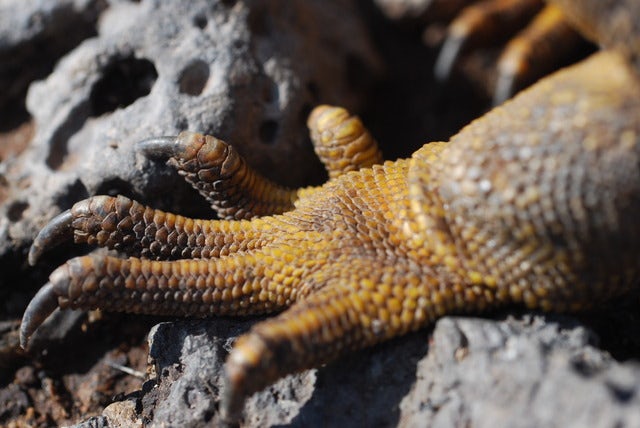
With my new Nikon DSLR camera in hand, I was excited to get up-close-and-personal with the endemic species on these islands; including the quirky Blue-Footed Boobies and bright yellow land iguanas.
Did I mention I am obsessed with penguins, and the Galapagos has its OWN special variety – aptly called the Galapagos Penguin. So cute!!
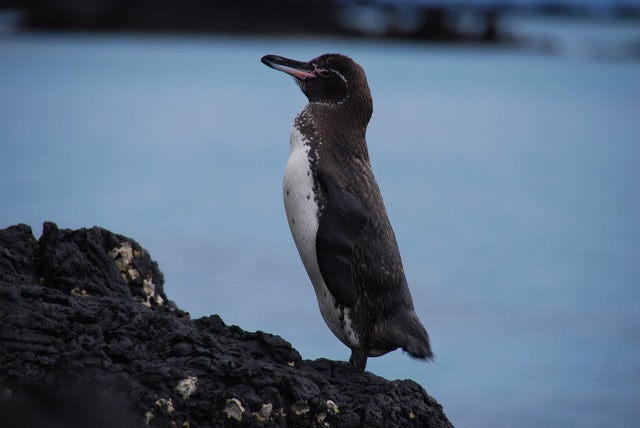

The vibrant hues of the wildlife and background scenery on these islands are astonishing. Marine iguanas may range from faded black to reds and turquoise; land iguanas a variety of browns, yellows and oranges. The boobies come with oddly bright blue or red feet, and the masked booby has the whitest plumage of any marine bird. I was blown-away by the kaleidoscope of color.
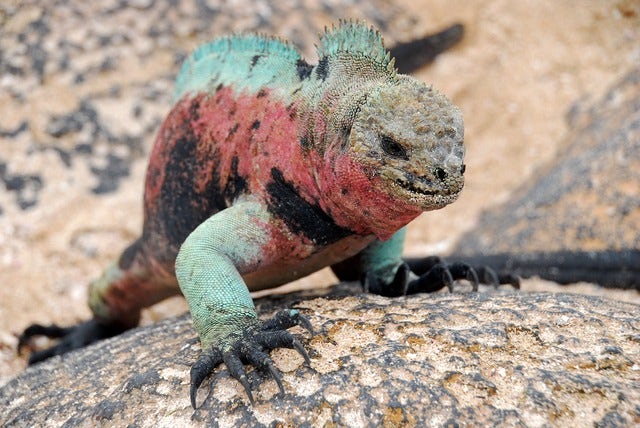
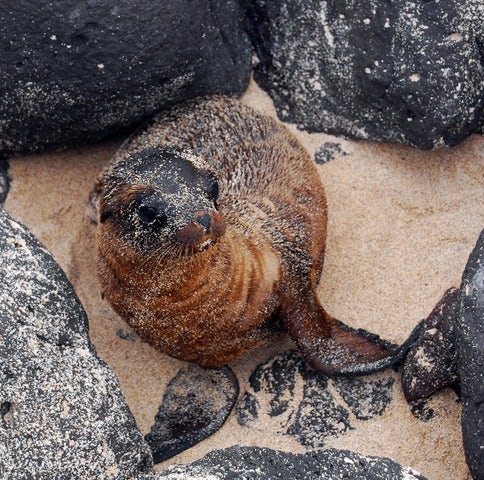
To capture the colorful indigenous species of the Galapagos, I used a Tamron 18-270mm VC, 60mm f/2 macro, and 10-24mm wide-angle lenses.
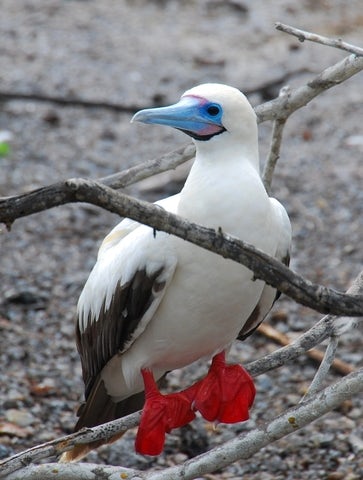
Knowing that you will see some amazing wildlife on your trip, you will benefit from getting a bit creative with your photography and learning a few tips before you leave.
Ashley's Tips:
- It’s simple to take advantage of the wildlife’s docile and curious nature to get very close to and spend a lot of time with an animal on a shoot. Be prepared for many close interactions.
- Before taking each shot, decide what you want to accomplish with the photo and what would make the photo most compelling. A little planning can make all the difference.
- Since so much of the wildlife on the islands is approachable, you don’t have to bring along a superfast long lens. In fact, a long lens might actually get in the way of capturing a great shot.
- Tamron’s 18-270 range lens is a great travel lens—if you could only travel with one lens, I would recommend this one (or something with a similar range).
- If you set the aperture to wide open, you can really isolate the focus of a subject; this creates a precise blur effect and makes for a more creative photo!
- Changing up your perspective is important to avoid getting into a photo rut. Don’t always shoot standing upright: Kneel or lie on the ground to get a totally different view of an animal. Perhaps try to shoot an animal from its perspective. Don’t be afraid to be creative and try new things.
- You can’t use a tripod in the Galapagos without special permission, so having a Vibration Compensation (VC) feature and a fast lens for macro shots comes in very handy.
- A fast Marco lens, can help you get that stop-motion shot or when shooting in low-light conditions.
In the end, by simply keeping an ecologically conscious mindset and a relaxed perspective, you can bring home eye-catching imagery of some of the world’s most fascinating wild specimens. Just have fun and try not to bother the animals—after all, it’s nature, not a zoo.

Insider Tip: Certain endemic species are only located on specific islands. For example, the popular Waved Albatross only nests on Española Island, which is one of the most remote islands in the group and can only be reached on longer Galapagos itineraries. If you have any special interests or must-see wildlife – let us know so we can match you up with the best routing!

